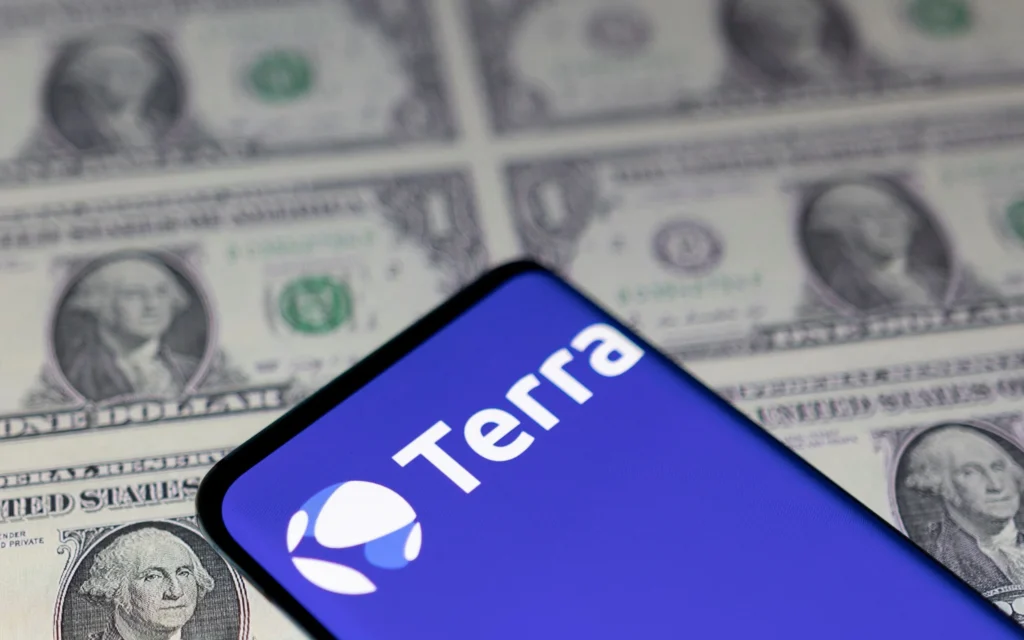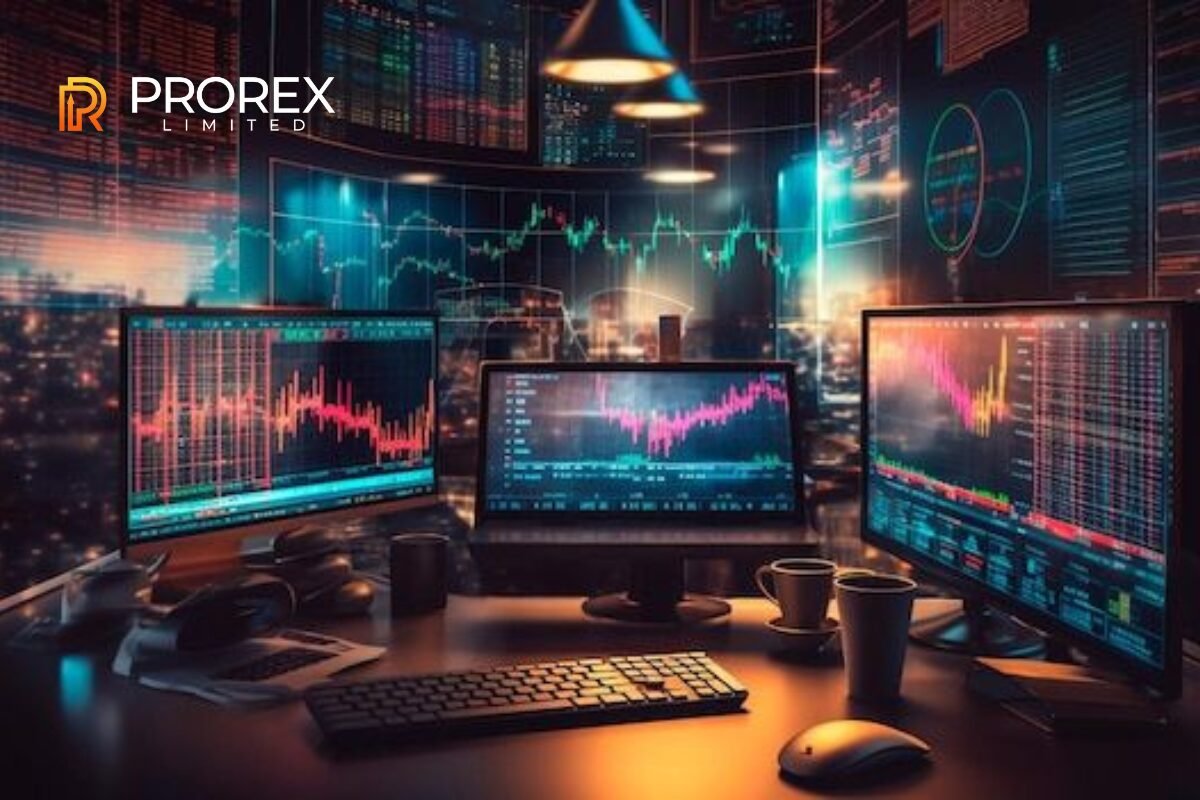In Thailand’s increasingly digital investment scene, stablecoins like USDT and USDC are gaining ground—but not without raising red flags. As headlines tout convenience and yield, a closer look reveals questions about legality, liquidity, and long-term security that many new users aren’t asking. In Stablecoin Thailand 2025, it’s time to move beyond the excitement and evaluate the real risks of parking your wealth in digital dollars.
The Allure of Stability in a Volatile Economy
With the Thai baht under pressure and traditional bank interest rates offering minimal returns, it’s no surprise that Thai investors are exploring stablecoins. These blockchain-based assets promise to mirror the value of fiat currencies like the US dollar while offering borderless transfers, lower fees, and better yield options through DeFi.
But is that promise as reliable as it sounds?

Stablecoin Thailand 2025: Regulatory Uncertainty Still Lingers
Thailand’s SEC does allow the trading of stablecoins on licensed exchanges, but using them as actual currency—say, to buy goods or services—is still in a legal grey zone. Officials remain cautious, with regulators concerned about undermining the role of the baht.
This lack of clear guidance means investors could be exposed to future crackdowns or regulatory shifts that limit how or where they can use their digital assets.

Stablecoin Thailand 2025: The Myth of Perfect Stability
It’s easy to assume that “stablecoin” means zero volatility. But history has proven otherwise.
Remember TerraUSD in 2022? The collapse of that algorithmic stablecoin wiped out billions and sent shockwaves through the crypto world. While USDT (Tether) and USDC (Circle) are better backed and regulated, neither is immune to risk. In fact, both have faced scrutiny over reserves transparency and redemption guarantees.
In 2025, they may be safer—but they’re not bulletproof.

Credit from : Reuters
Stablecoin Thailand 2025: Platform Risk Is Still a Factor
Many Thai users access stablecoins through centralized exchanges like Bitkub or Satang. While these platforms are improving in terms of security and liquidity, they’re not without risk.
Exchange outages, wallet freezes, or cyberattacks could still put investor funds in jeopardy. And because crypto wallets operate outside the traditional banking system, there’s limited recourse if things go wrong.

DeFi Promises Returns—but at a Price
Decentralized finance (DeFi) platforms offering 4–6% returns on USDC might look attractive compared to local savings accounts. But these platforms can be opaque, vulnerable to exploits, or governed by rapidly changing rules.
The yields might beat inflation—but the risk of total loss is never zero.
Who’s Most at Risk in 2025?
Freelancers earning income in USD and converting to stablecoins may find value in fast, low-fee transfers. But for everyday savers, retirees, or first-time investors, the risks might outweigh the convenience—especially without a firm understanding of crypto infrastructure.
Additionally, over-reliance on stablecoins without considering tax implications or future regulations could leave users exposed.

Conclusion: Proceed with Caution
Stablecoins in Thailand may look like the perfect hedge in 2025—but smart investors know better than to jump in without a risk management plan. They’re tools, yes—but ones that must be handled carefully.
If you’re considering converting your baht to a stablecoin this year, ask yourself the hard questions: Is your platform secure? Are you prepared for regulatory shifts? Do you understand how the coin is backed?
In a world where trust and control are everything, don’t confuse convenience with certainty. Stablecoins may offer potential—but they demand vigilance.



